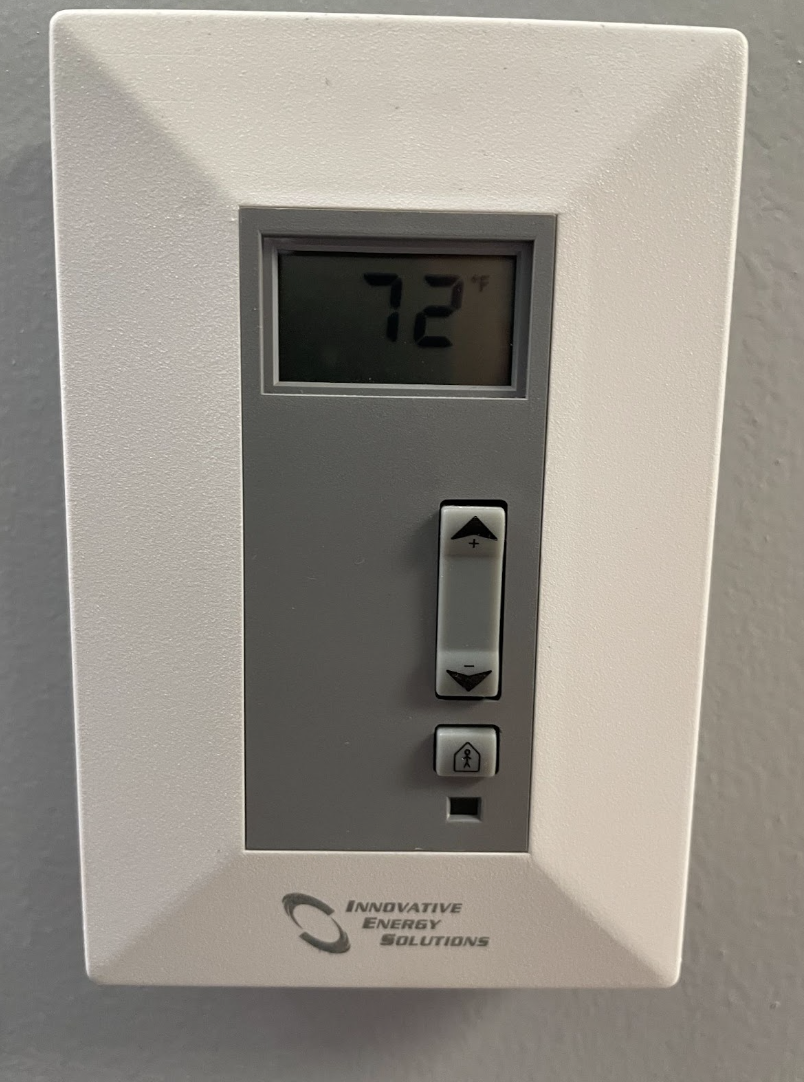During the summer months, it is likely that many peoples’ homes have been heated up considerably, to an unbearable temperature. This causes excessive sweating, sickness, and discomfort; however, there are many simple methods in order to keep your room cool during the summer months to ensure that you do not experience any sickness.
Despite it being hot in the summer, the heat is still prone to causing sickness and must also be treated. Exposure to excess heat can cause something as small as a headache to something as severe as a heat stroke. Regardless of the degree of severity, it would be best to avoid all types of sickness.
In a room, the easiest solution is to turn on the air conditioning unit. Unfortunately, though, many people do not have access to this solution.
According to Laura Taylor, an English teacher, “The lack of AC for me has impacted learning especially in the afternoon when students are already tired from the end of the day, and the heat makes it increasingly difficult to focus.”
This proves that not only does the lack of AC in certain areas cause poor physical comfort, but also negatively impacts students’ learning capabilities. This is not an exaggeration. In the Summer months leading into the fall, it is still reasonably hot outside, causing even more heat inside the room, along with humidity. This results in an unreasonable amount of apparent “stickiness” inside the room.
According to Assistant Principal Jennifer Forgy, the heat in a room not only depends on the strength of the AC but also on the layout of the room and the student’s desks.
“So depending on the shape of your room, your thermostat might have jumped up to 74 degrees,” said Forgy.
Another common cause of the malfunctions on the thermostat is the temperature that it reads. Heat rises, but there is no guarantee that it will get all the way to the thermostat, so it is also likely that the thermostat in a room reads a temperature different than what it feels like across the room.
“If you have got a whole bunch of students on the other side of the room, and they’re all kind of jumbled up together, of course, that makes it hotter, but it’s not registering that on the thermostat. Who said this?”
It is also very difficult to regulate the temperature in a room with a changing amount of people in it. For example, in the Highlands High School cafeteria, the constant fluctuation of the number of students in the room causes the temperature to rise, despite the AC being stronger there than in the classrooms.
According to Forgy, “We set it at 67, which if you come in at first lunch, before anybody, it’s freezing cold in there, but by the time you get to third lunch, it’s probably about 76 in there.
It is very important to keep rooms cold when the temperature inside or outside is too hot, and it is also crucial to the student’s education that such issues are fixed. Fortunately, the issue was fixed quickly by the specialized faculty members and the temperature is perfectly suitable for learning at school now.



